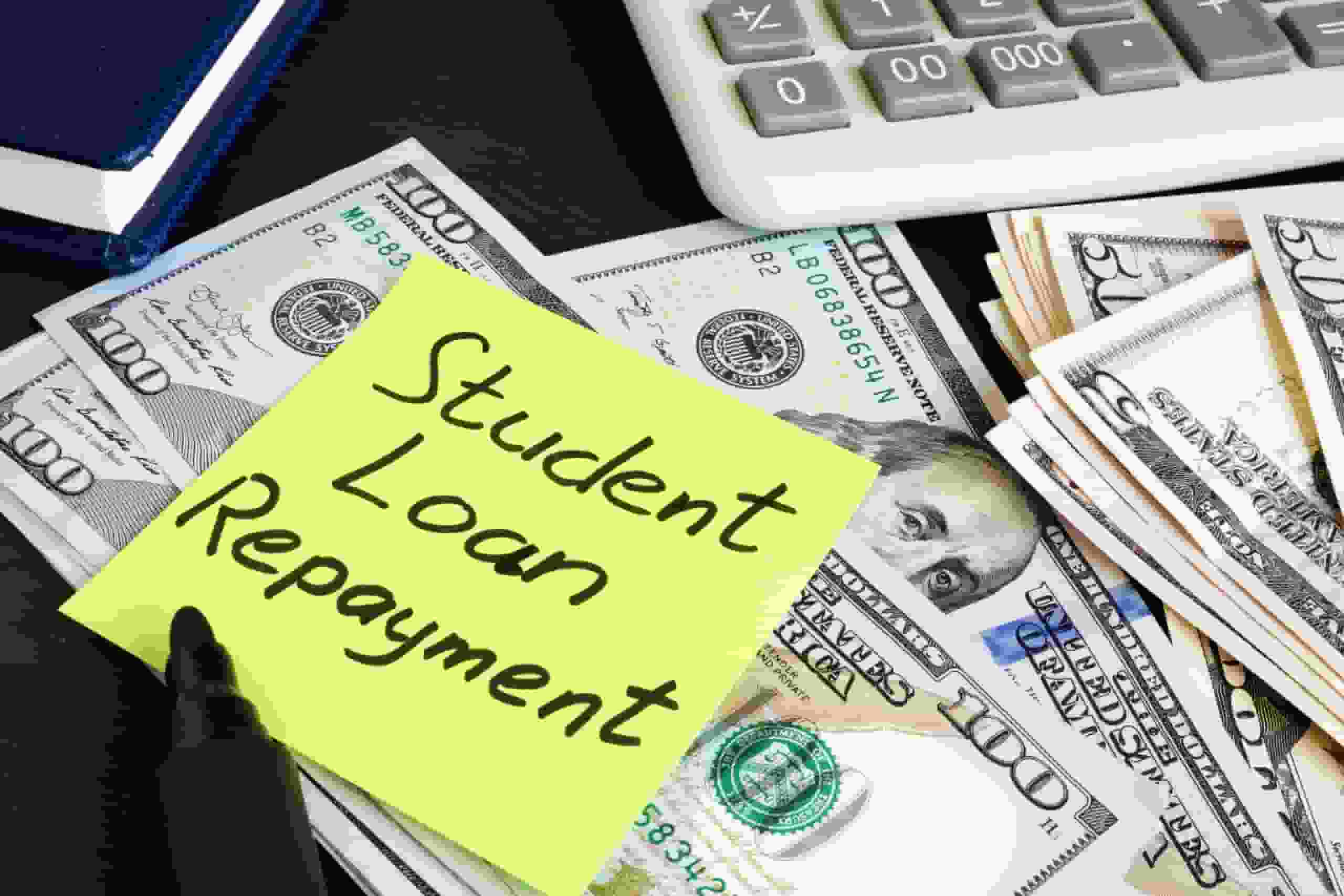
This week, the Biden administration submitted updated regulations for the Revised Pay As You Earn student loan repayment program REPAYE.
REPAYE is an income-based repayment program that bases student loan installments on a borrower’s income and family size. Those who do not repay their student loans in full by the end of the repayment term are eligible for loan forgiveness on the remaining balance.
The planned modification to the REPAYE program will cut monthly payments and expedite the cancellation of student loans for a large number of borrowers. However, some borrowers will have disproportionately bigger effects. Here is a summary.
Biden’s New Repayment, Student Loan Forgiveness Plan
The REPAYE plan, which was introduced in 2016, ties monthly student loan payments to 10 percent of a borrower’s discretionary income, or the amount by which their Adjusted Gross Income (AGI) exceeds 150 percent of the federal poverty standard for a family of their size.
Borrowers with only undergraduate debt who have not repaid the balance in full after twenty years are eligible for loan forgiveness. Graduate school loan borrowers would be subject to a 25-year term.
The new proposed regulations would raise REPAYE’s income exemption to 225 percent of the federal poverty line, significantly increasing the income threshold at which borrowers must begin making payments borrowers who earn below the threshold would pay zero.
In addition, the new REPAYE plan will cut monthly payments for undergraduate student loans to 5% of discretionary income.Borrowers with only graduate school loans would continue to pay 10% of their discretionary income, whereas borrowers with a mix of undergraduate and graduate school loans would pay between 5% and 10% of their discretionary income, depending on the proportion of undergraduate to graduate school loans.
Under the present REPAYE arrangement, monthly payments are occasionally less than the interest accrued on the loan. This implies that even if borrowers make full, on-time payments, their balances may still increase. The government now subsidizes a portion, but not all, of this interest accrual.
Following the application of a borrower’s monthly payment, the proposed adjustment would erase any further interest. Therefore, the balances of borrowers who are eligible for a $0 monthly payment will not earn interest.
Read more: Who’s eligible for $500 monthly basic income and how to obtain it?
Automatic Enrollment For At-Risk Borrowers

The Department of Education concedes that in the past, too many students defaulted on their loans when they could have qualified for lower or zero monthly payments under an alternative repayment plan.
The idea intends to address this issue by enrolling debtors who are at least 75 days delinquent in an IDR plan with the lowest monthly cost.
Defaulting borrowers would also be eligible for IDR schemes. Currently, debtors with delinquent loans only have the choice of rehabilitation or consolidation.
This article has been updated to reflect that a borrower earning $25,000 per year would currently owe around $38 per month in loan payments. A previous version incorrectly mentioned this amount.
Read more: Fair Tax: Republican-led House votes to abolish IRS

